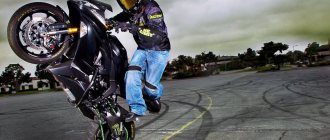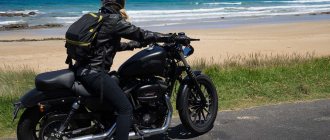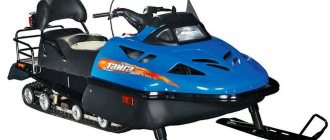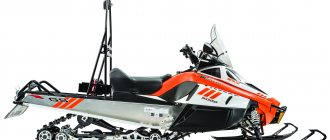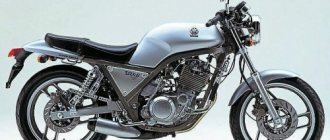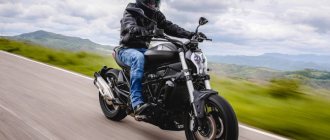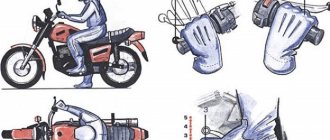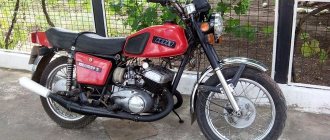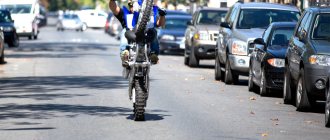I was digging up a motorcycle and the truck almost fell on my head.
Dakar is one of the most severe races on the planet: 5,000 kilometers and 11 days in the desert. For those for whom this is not enough, the Dakar has a particularly tough Original by Motul class. According to his rules, the entire distance must be covered without outside help: repairing a car (or motorcycle), finding a road - the rider must do all this himself. Of the 32 Original participants in 2019, 16 reached the end. One of them is Russian motorcycle racer Anastasia Nifontova, who became the first woman in history to finish in this class.
Anastasia is 40 years old, she was born in Washington (her dad is an engineer, who in the late 70s traveled to the States to build the building of the USSR Embassy in the USA). She is married and has two children. She bought her first motorcycle at the age of 16, and she has just returned from her second Dakar, which, she assures, will definitely not be the last.
How much does the Dakar cost, how did she almost die at the race?
– I want to ride the Dakar. How much money do I need?
– At the first Dakar (2017) I didn’t have my own prepared motorcycles, nothing at all. I then rented equipment and full service. This is all-inclusive: all entry fees are taken into account, tickets to South America and back are even partially paid for, you just need to fly to Amsterdam. This package costs 100 thousand euros per person. Both then and on this trip, all the money for the Dakar came from sponsorships. In principle, there are no other costs - they provide a manager, a mechanic, the people have a lot of experience. It is very convenient, but expensive.
There is a cheap option. I went this way this year to participate in the Original competition. This classification has always been for riders who cannot afford, for example, a mechanic. It’s expensive - one person on the Dakar costs about 15 thousand euros. You take a box with spare parts, a suitcase with clothes, a motorcycle, all this in the truck to the organizers, buy tickets, pay the entry fee - the same 15 thousand - and go to the Dakar. To these 15 thousand we must add the spare parts and tires that I brought, the cost of plane tickets and hotels, the rental of navigation equipment - that’s enough. In total it turned out to be 25-30 thousand euros.
It’s not that there was no money this time – I just wanted to test myself. Women have never participated in the Original. It's hard. You arrive, and instead of resting after a grueling special stage, you spend the rest of the evening fixing your motorcycle, putting together a tent, and dragging yourself to the other end of the bivouac to take a shower.
At Original it is forbidden to use any assistance - a mechanic, a manager, even a massage therapist. You can only use what the organizers provide. They provide a tent, a truck that transports your belongings from bivouac to bivouac, a tire center and a canteen. You can’t use anything else, they make sure that no one helps you turn the nuts.
– Hypothetically, you can fly in by helicopter, repair your motorcycle and fly away?
– Hypothetically possible. But everyone recognizes that Original is the kind of competition where real [racing fans] compete. This is disrespect for yourself. You challenged yourself: to complete the most difficult event without assistance and get a medal for finishing. They will give it to you, and you will know that you cheated somewhere.
– Who came up with such strict discipline?
– And this is the very first discipline, that’s why it’s called Original. Previously, there were no factory teams or professional riders at the Dakar. When Thierry Sabin came up with the idea in the late 70s, it was essentially a friends' trip to Africa with a competitive element. The organizers realized that they needed to preserve this spirit.
#Dakar40th 1979 Paris
